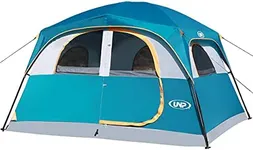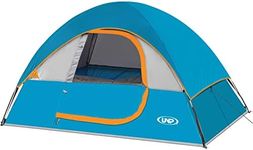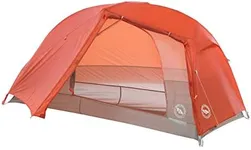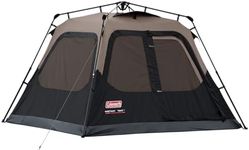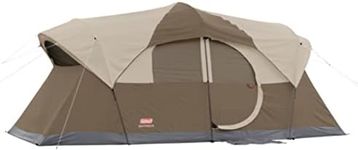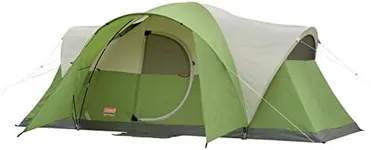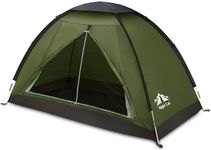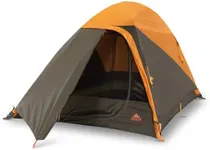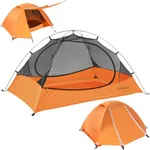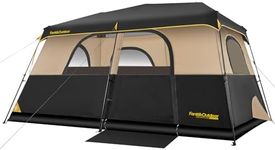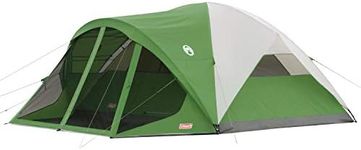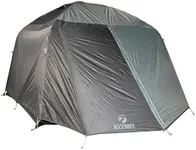Buying Guide for the Best All Weather Tents
Choosing the right all-weather tent is crucial for ensuring comfort and safety during your outdoor adventures. All-weather tents are designed to withstand various weather conditions, including rain, wind, and snow. When selecting a tent, it's important to consider several key specifications to ensure it meets your needs and provides adequate protection. Here are the key specs to look for and how to choose the best fit for you.Season RatingThe season rating of a tent indicates the types of weather conditions it can handle. A 3-season tent is suitable for spring, summer, and fall, providing good ventilation and protection against rain and wind. A 4-season tent is designed for winter use, with stronger materials and structure to withstand heavy snow and strong winds. If you plan to camp in mild to moderate conditions, a 3-season tent is usually sufficient. For harsher winter conditions, a 4-season tent is necessary.
WaterproofingWaterproofing is essential to keep you dry during rain and snow. This is measured by the tent's hydrostatic head rating, which indicates how much water pressure the fabric can withstand before leaking. A rating of 1,500mm to 3,000mm is generally good for light to moderate rain, while 3,000mm and above is better for heavy rain and snow. Consider the typical weather conditions you will encounter and choose a tent with an appropriate waterproof rating.
Tent MaterialThe material of the tent affects its durability, weight, and weather resistance. Common materials include nylon and polyester, with nylon being lighter and more durable, while polyester is more UV resistant. For all-weather use, look for tents with ripstop fabric and a durable water repellent (DWR) coating. If you prioritize lightweight gear for backpacking, nylon may be preferable. For car camping or extended stays, polyester can offer better longevity.
VentilationProper ventilation is crucial to prevent condensation inside the tent, which can make it damp and uncomfortable. Look for tents with multiple vents, mesh panels, and windows that can be opened and closed as needed. In warmer weather, good ventilation helps keep the tent cool, while in colder weather, it helps reduce moisture buildup. Choose a tent with adjustable ventilation options to adapt to different weather conditions.
Tent Size and CapacityTent size and capacity determine how many people can comfortably sleep inside and how much gear you can store. Tents are typically rated by the number of occupants, but it's wise to choose a tent with a slightly higher capacity than the number of people to allow for extra space. For example, a 3-person tent is more comfortable for two people with gear. Consider the amount of space you need for sleeping, storing gear, and moving around when selecting the tent size.
Weight and PackabilityThe weight and packability of a tent are important for portability, especially if you plan to hike or backpack. Lightweight tents are easier to carry but may sacrifice some durability and space. Heavier tents offer more comfort and durability but can be cumbersome to transport. Assess your typical camping style—if you hike long distances, prioritize a lightweight and compact tent. For car camping, weight is less of an issue, so you can opt for a more spacious and durable tent.
Setup and Ease of UseThe ease of setting up a tent can make a big difference, especially in adverse weather conditions. Look for tents with color-coded poles, simple clip systems, and clear instructions. Freestanding tents are generally easier to set up and move around, while non-freestanding tents may require more time and effort. If you often camp alone or in challenging conditions, choose a tent that you can set up quickly and easily by yourself.
